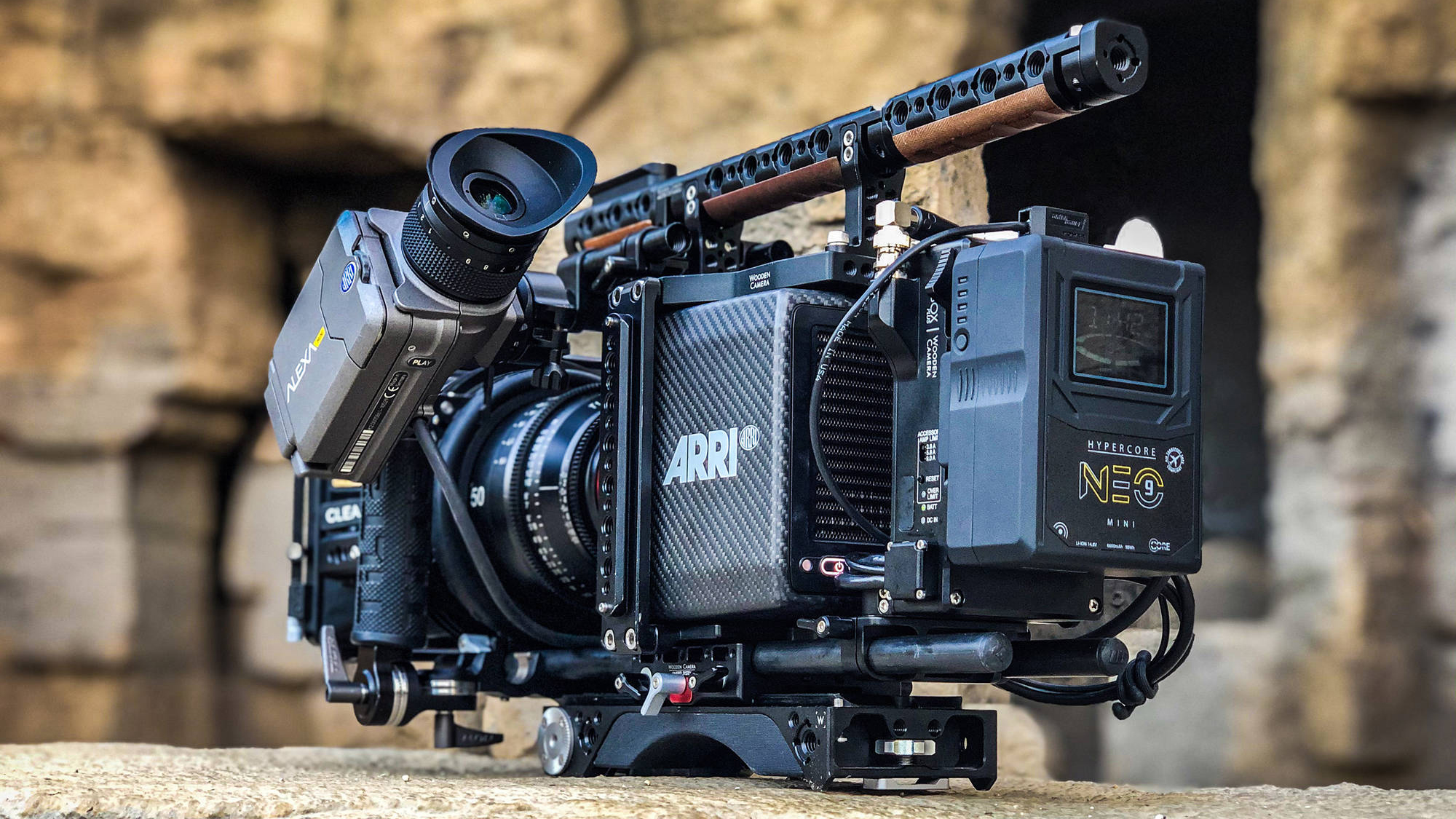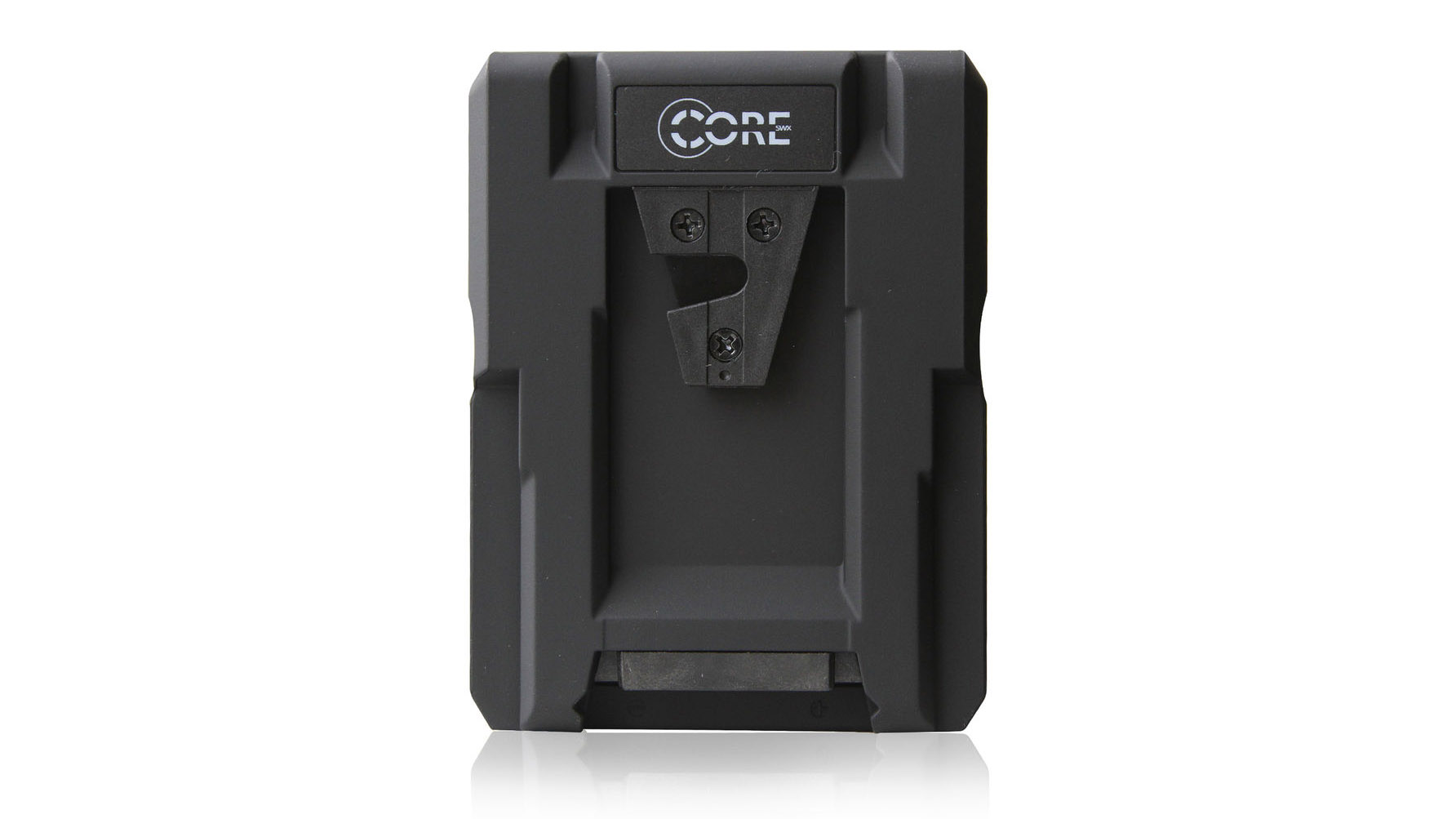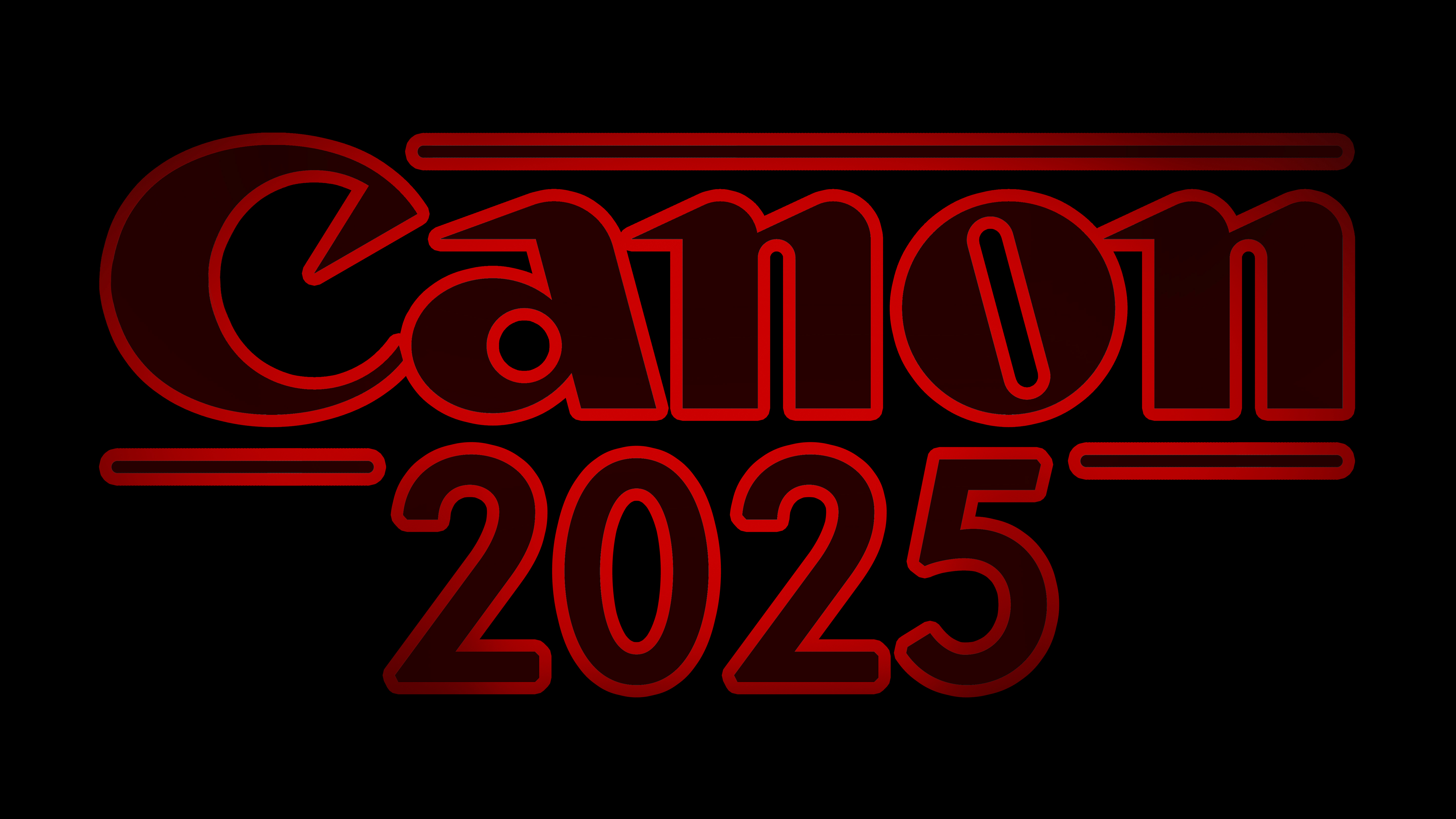V-mount vs Gold mount: Which battery system is best for you and why
Gold mount vs V-mount: both power your cameras and accessories, but which is right for you and why?

When it comes to high-capacity batteries for your professional cinema camera or you're looking for more powerful solutions to run your both your camera along with a lot of accessories, there are really only two battery mount choices you’ll find on the market: V-Mount or Gold mount.
Most batteries with enough capacity to power larger cinema cameras offer these two battery mounting choices, but with anything cine related these batteries and mounts don't come cheap, so you're best placed to choose one option and invest in that for your career.
• Looking for the best cinema cameras?
What is a Gold Mount battery?
Gold Mount, also known in the industry as the Anton Bauer Mount, was created by battery manufacture Anton Bauer 53 years ago. This mount can often be seen used on productions big or small in the United States.
The Gold mount offers a secure, three gold-stud mounting solution, with many regarding the Gold Mount as the most secure way to keep your batteries in place while mounted to the camera. This is due, in part, to the fact that in order to dismount the battery, you have to slide it out from the battery plate sideways. In return, this makes an accidental dismount less likely to occur.
Gold Mount batteries also seem to be the most popular option at rental houses in the US when compared to V-mount.
What is a V-Mount battery?
The V-mount battery was originally developed by Sony, and is also wildly popular and proven successful battery mounting solution for solo filmmakers to Hollywood productions. Just as it sounds, the battery mounts to a battery plate via a V-shaped locking mechanism – male end on the battery itself and the female located on the battery plate.
The best camera deals, reviews, product advice, and unmissable photography news, direct to your inbox!
It is a widely discussed debate on sets, with film crews and on multiple online forums, that many filmmakers express concerns on how secure these V-mount batteries are when mounting and locking onto a camera system. This concern is due in part to the fact that these batteries dismount by sliding upward. If you’re operating on your shoulder, it is sometimes easy to bump the battery up while taking the camera off your shoulder and thus your battery can dismount from the camera.
In all honestly, I have only ever had one issue with V-mount batteries popping off, and that was in-between shoots when I was moving the camera from a static shot on a fluid head to shooting handheld. The camera was on at the time, so it immediately turned off, but I simply put the battery back on and got on with the shoot.
However, as I started doing shots when the camera should be mounted on a shoulder rig, or I was doing a more run-and-gun style approach, I moved my battery plate from a vertical position to horizontal.
Not only did this help with weight distribution when shooting handheld, on a shoulder rig or easy rig, but it kept my V-mount batteries secure, as the weight of the battery is pushing down on the locking mechanism, which I personally feel has reduced any issue I might have seen. It must be noted, though, that many filmmakers have used V-Mount batteries for years and reported no issues.
So, which is best?
Ultimately, it comes down to your personal preference and which system works best for you and your workflow. Some filmmakers may like the security and availability of Gold Mounts in US rental houses, while others may prefer the international versatility that comes with V-Mount. And if you decide to go with either V-mount or Gold mount, you can buy converters that work with either system.
Which is just what I did when I committed to go down the V-mount route. I personally like the versatility and availability that V-mount batteries offer, but I picked up a V-mount to Gold Mount adapter and I have it with me whenever on a shoot, as sometimes you don't know what plate a rental camera will have – or if others on set need a hand, or if you get stuck.
In the end, either battery system is a great choice and will fulfill the needs for any job – and can be used for many tasks within the filmmaking realm, other than just powering your cinema camera.
Read more:
Best cinema camera
Best 8K camera
Best cine lenses
Best wireless follow focus
Best XLR microphone

For nearly two decades Sebastian's work has been published internationally. Originally specializing in Equestrianism, his visuals have been used by the leading names in the equestrian industry such as The Fédération Equestre Internationale (FEI), The Jockey Club, Horse & Hound, and many more for various advertising campaigns, books, and pre/post-event highlights.
He is a Fellow of the Royal Society of Arts, holds a Foundation Degree in Equitation Science, and holds a Master of Arts in Publishing. He is a member of Nikon NPS and has been a Nikon user since his film days using a Nikon F5. He saw the digital transition with Nikon's D series cameras and is still, to this day, the youngest member to be elected into BEWA, the British Equestrian Writers' Association.
He is familiar with and shows great interest in 35mm, medium, and large-format photography, using products by Leica, Phase One, Hasselblad, Alpa, and Sinar. Sebastian has also used many cinema cameras from Sony, RED, ARRI, and everything in between. He now spends his spare time using his trusted Leica M-E or Leica M2, shooting Street/Documentary photography as he sees it, usually in Black and White.


